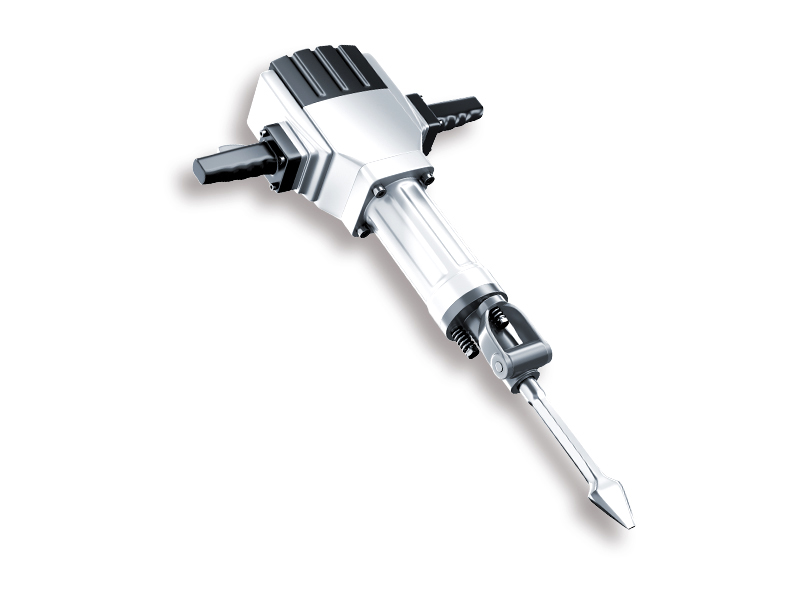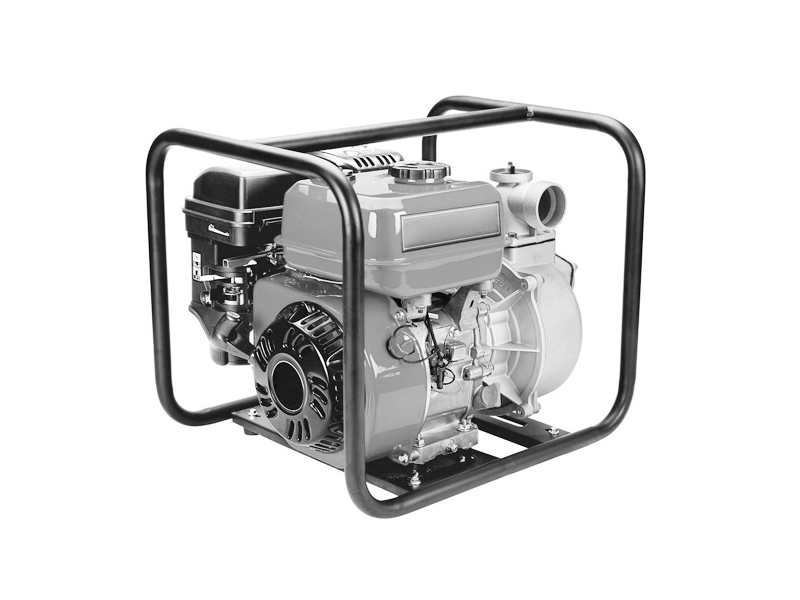According to the price Research Report of global lithium-ion battery pack in 2019 released by Bloomberg new energy finance bnef yesterday, the average price of global lithium-ion battery pack in 2019 is 156 US dollars / kWh, down 87% from 1100 US dollars / kwh in 2010. It is predicted that by 2023, the global average price of lithium-ion batteries will be as low as about $100 / kWh.
The decrease of lithium price in 2019 is due to the expansion of order scale, the growth of pure electric vehicle sales and the continuous popularization of high energy density cathode ray tube. In addition, the introduction of new packaging designs and falling manufacturing costs will drive down prices in the short term.
The report predicts that by 2024, with total demand exceeding 2 trillion watts, lithium-ion batteries will fall below $100 / kWh. By then, the price of electric vehicles will be almost the same as that of internal combustion vehicles.
James Frith, senior energy storage analyst and report author of bnef, said: "according to our forecast, by 2030, excluding the investment in the supply chain, the annual value of the battery market will reach US $116 billion.
Bnef's analysis found that as batteries become cheaper, more and more industries are being electrified, such as commercial vehicles. However, low battery prices remain the most critical factor. The reduction of manufacturing capital expenditure, new packaging design and changing supply chain will cause continuous price reduction of batteries in 2020.
Logan Goldie scot, head of bnef's energy storage department, said: "factory costs are falling due to improvements in manufacturing equipment and increased energy density at the cathode and battery levels. The expansion of existing facilities also provides a low-cost way for the company to expand its capacity. "
At present, major automakers begin to build customized electric vehicle platforms, which can simplify packaging design and standardize across different electric vehicle models. The simplified design is easy to manufacture and can be scaled up to accommodate larger or smaller vehicles. Changes to the battery pack design will also allow for simpler thermal management systems and reduce the number of enclosures required per module. When car manufacturers start to purchase batteries from multiple suppliers of a single platform, the standardization of battery design will continue to improve.
Although the road of battery price reduction is unlikely to be smooth, it is very hopeful that the battery will reach $100 / kWh by 2024. In the five years after 2020, the energy density of batteries and batteries will play a more and more important role, because it can make more effective use of materials and improve production capacity. New technologies such as silicon or lithium anodes, solid-state batteries and new cathode materials will be key to helping reduce costs.











